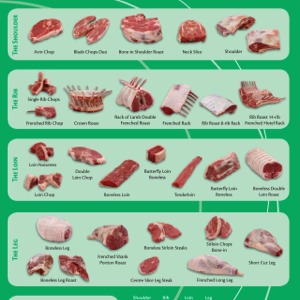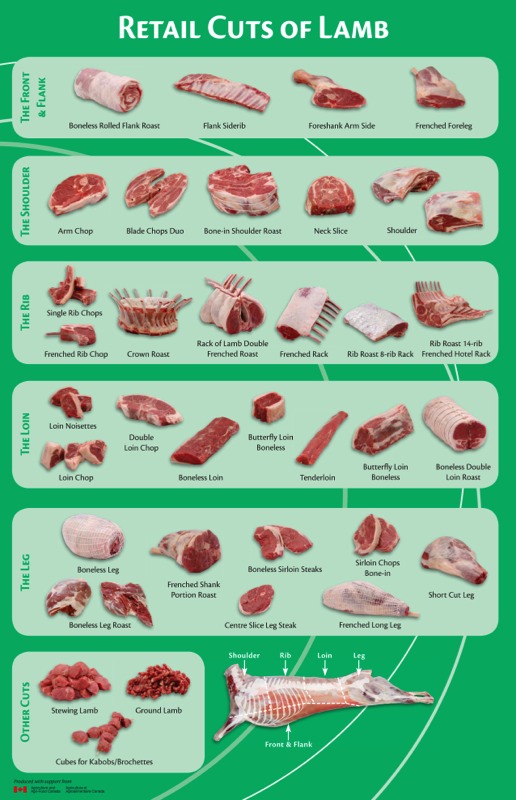We are pleased to offer lamb at our farm. We have selected a breed of sheep called a Rideau Arcott. The Rideau Arcott is a purebred sheep which was created entirely in Canada. It was developed over a period of 10-15 years by Agriculture Canada at the research station near Ottawa, Ontario. The original genetics came from the Finnish Landrace, Suffolk, and East Friesian breeds. After many generations of selection, the new breed was released to Canadian producers in the late 1980's.
Lamb is environmentally-friendly. Raising sheep does not cause significant pollution. Sheep manure has a high content of dry matter and provides our hay field with an organic amendment of high quality. This manure is great fertilizer for our hay fields.
When you buy lamb from our farm you are buying fresh. Our lamb is produced and processed locally which means that the meat is fresh and in prime condition. Our lamb is young and tender and it is not necessary to marinate the meat prior to cooking. Lamb tastes great and is a very tasty meat and a healthy alternative.
Buying local lamb is a tangible way of supporting a family farm, and the overall Canadian agricultural industry. Buying local lamb is a concrete way of reducing the long range transportation of foods, and consequently the emission of greenhouse gases that contribute to climate change.
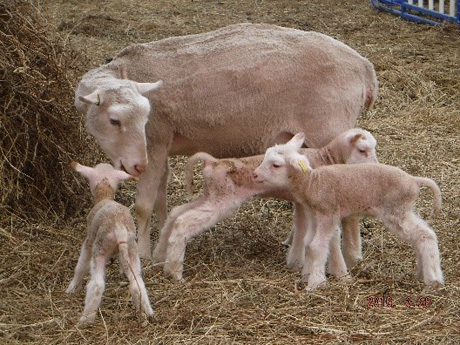
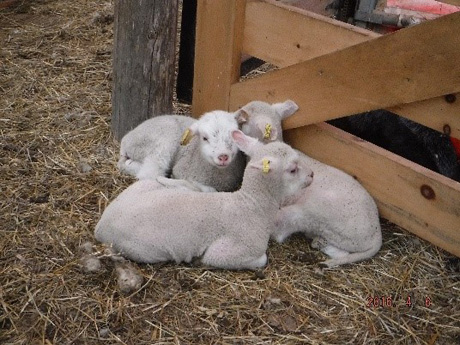
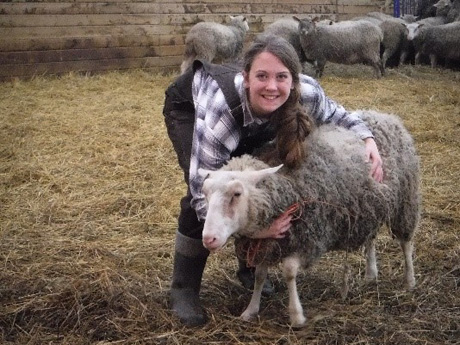
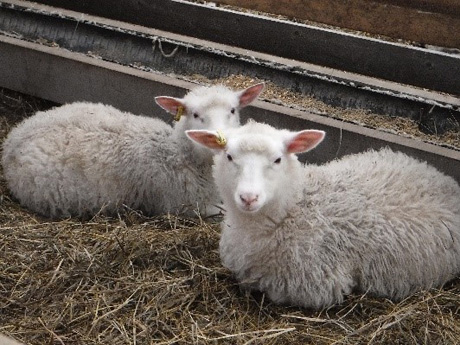
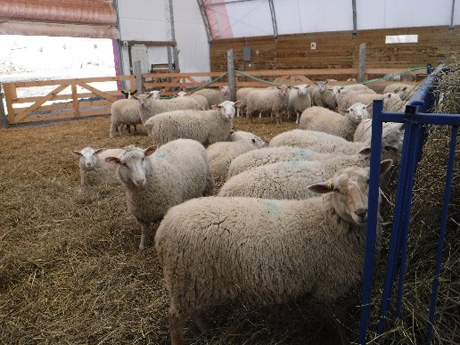
How We Sell Our Lamb
At Sugar Hill Farm we sell our lamb by the side, or whole animal. Carcass weights are based on the industry standard called the “hot hanging weight” also known as “rail weight”. There is an approximate 30% loss in the final product due to loss of moisture, trim, and bones that are discarded.
Cutting options include: (click chart at right to enlarge)
Legs: Kept whole or cut in half. Shank (bone) on OR shank off (de-boned). Usually for Easter a lot of people want shank on. These roasts from the leg are called leg of lamb roasts. If you went with legs cut in half, then you would get 4 leg of lamb roasts; if you kept the legs whole then you get 2 leg of lamb roasts (obviously larger than the ones from legs cut in half). Another option is to have the legs cut into slices (called leg chops).
Loin area: Lamb chops (approximately 20-25 lamb chops) or racks (there are 2 racks from one lamb). You may ask for one rack and the other side/rack made into lamb chops.*
Shoulder area: Roasts or chops. If the lamb is large (over 50-60 lbs) there may be 2 roasts from each shoulder area; (so a total of 4 roasts), if the lamb is smaller (under 50 lbs) there would be one roast from each shoulder area (a total of 2 roasts).
Off-cuts: All the little bits & pieces are made into mince/ground lamb or stew. The stew is either boneless or bone-in. There is not a lot of bits leftover when butchering a lamb. Depending on the size of the lamb there may be about 4 pounds of mince/ground lamb.
*Normal thickness of lamb chops is 3/4 inches, but the butcher will do whatever thickness you want (example one inch thick).
